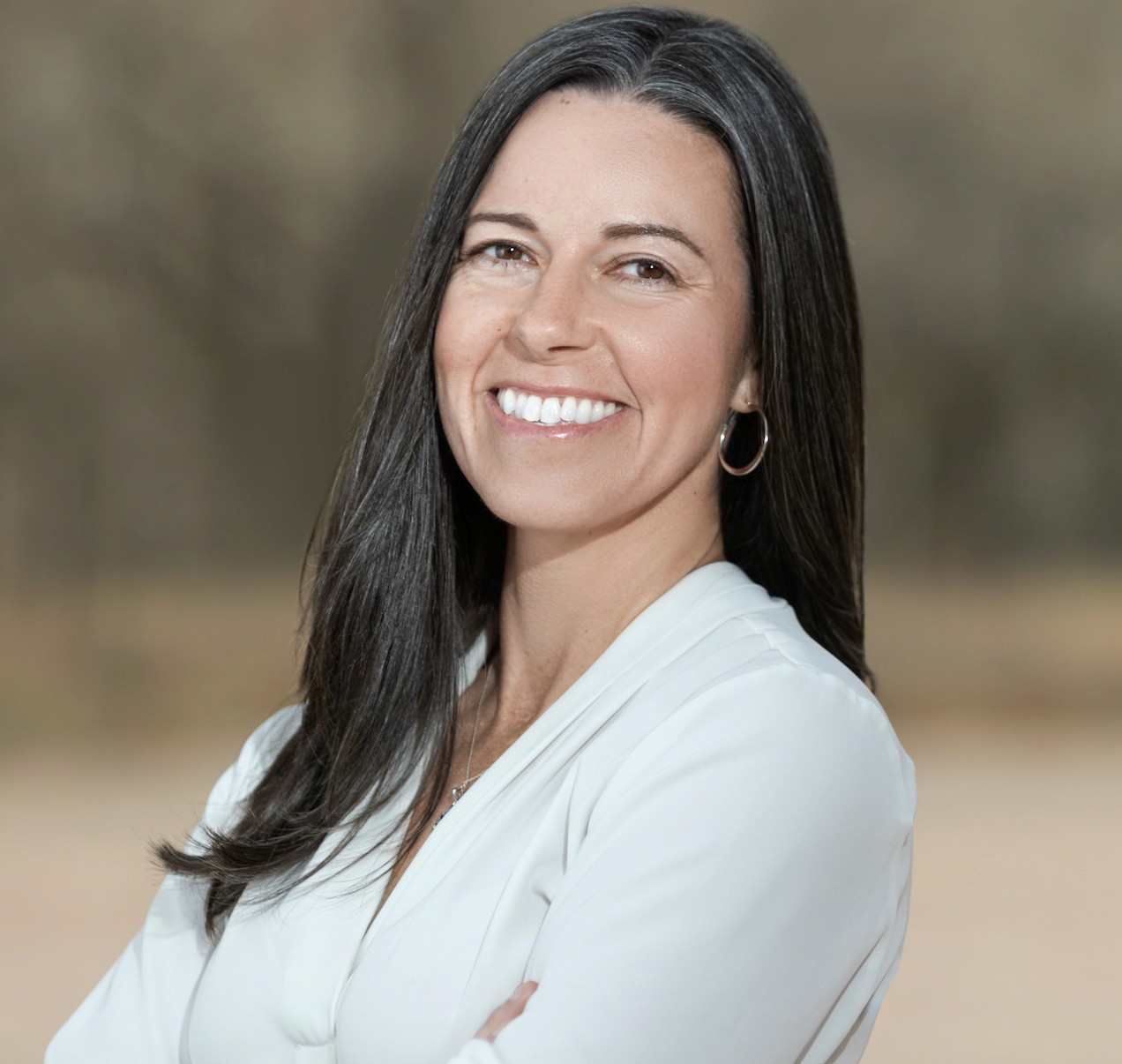Psychology
Addiction and the Brain: Why Quitting is so hard and What Actually Works

Aug 11, 2025
What is Addiction, Really?
In moments of stress, sadness, or overwhelm, it’s natural to want relief. You might pour a drink after a long day, or take a pill to take the edge off. Maybe you light up just to quiet your thoughts. Maybe you scroll, gamble, shop, binge, or use food to distract from a pain you can’t name yet. You’re not trying to hurt yourself. You’re just trying to feel okay.
That’s how it starts for many people.
Addiction doesn’t always look like chaos. It can look like functioning, like coping, like getting through the day. But over time, that relief becomes something more. The brain learns to expect your chemical. Then depend on it. And eventually, it starts to prioritize that substance or behavior over everything else—even the things you love, or the values you hold.
Addiction isn’t just about the substance. It’s about the loop your brain gets stuck in.
Whether it’s alcohol, weed, nicotine, opioids, or compulsive behaviors like gambling or porn—at first, addiction hijacks the brain’s reward system. It rewires the way you seek pleasure and relief. But over time, it hijacks your motivation system too. It doesn’t just make you like the chemical—it makes you need it. Even when it stops feeling good, your brain is still wired to chase it.
But here’s the good news: addiction is learned, and what’s learned can be overwritten. Your brain is “plastic,” which means that it can change. Healing begins not with shame; it begins with understanding. So when you understand what addiction really is, you can start to work with your brain instead of against it.
That’s what this guide—and Sunflower—are here to help with.
Why People Get Addicted
No one wakes up thinking, “Today I’ll become addicted.” But for millions of people, that’s exactly what happens. Quietly. Gradually. And often without realizing it.
So how does it happen?
Addiction begins with pain, stress, loneliness, or the simple need to feel better. For many people, substance use is a form of self-medication. You’re trying to manage what hurts.
But the brain learns fast. Every time you see a substance or engage in an addictive behavior, your brain releases a hit of dopamine. Dopamine is your brain’s natural reward chemical. It takes note: “Hey, that helped.” And it starts building a short cut:
This is the reward loop in action. Your brain's goal is simple: learn what feels good. The pathway runs from dopamine to pleasure to reinforcement, creating a brain loop that goes feeling bad → use → feel better → repeat. Your brain tags the substance or behavior as rewarding and encourages repetition.
The more time you run this loop, the more it reinforces itself, and becomes near automatic. Until the original reason you started (stress, grief, insomnia, trauma) gets buried beneath the loop just to do it again.
Over time, your brain doesn't wait for you to feel bad. It starts to anticipate the high. You start getting triggered by cues.
Cues are the people, places, smells, sounds, or memories that trigger your craving loop. The clink of ice in a glass. A certain street. The smell of weed drifting through a window. A late-night text from an old friend. The hoodie you wore the night everything spiraled.
Craving is the wave of wanting that follows. It hijacks your thoughts, narrows your vision, and convinces you that relief is just one hit away.
Here's where the motivation loop kicks in. Now your brain's goal shifts to pursuing what it expects will bring relief or reward. Dopamine fires during the anticipation phase, creating a new pathway: cue → craving → urge → use → brief relief → stronger cue association. Even when the pleasure fades, the wanting stays strong. That's why you crave it even when you don't enjoy it anymore, why logic takes a back seat to your emotions, and why triggers feel irresistible.
This is the compulsion phase of addiction. The brain fires in response to cues and you feel driven to act, through craving.
And that's why addiction is so hard to unlearn.
Why the Pleasure Fades and Tolerance Grows
In the beginning, using probably felt really good. A rush of relief, a rush of energy, a moment of escape. But the more you use, the more your brain tries to adapt. It says: "This is too much." So it starts to dial down your sensitivity to dopamine.
This process is called neuroadaptation, and it's not your fault. Evolution wired your brain to protect itself from overstimulation and find balance. Just like how your ears eventually tune out the constant hum of city traffic, your brain tunes down its response to repeated dopamine spikes.
The result? Your dopamine baseline drops.
You need more to feel the same effect (this is called tolerance).
And over time, every day joys like music, nature, and conversations start to feel muted or dull (this is called anhedonia).
The drug that causes the problem now feels like the only thing that works.
This explains why relapse can happen even after success. People often relapse even when life is going well. Celebration, success, falling in love all create big dopamine surges. But what goes up must come down, and that post-reward crash can leave your brain looking for relief. There can be a subtle sense of emptiness or boredom that feels "wrong." And the brain reaches for what it knows will fix the dopamine deficit.
In this grey zone. Even thinking about the drug gives your brain a little spark. A cue hits, and your brain fires up the old loop: "Maybe just one more drink. Just this once."
This is neuroplasticity (brain rewiring) in the wrong direction. But that same wiring system can also be used to heal.
Sobriety That Sticks: How Sunflower Helps You Rewire Your Brain
Sobriety by sheer willpower won’t rewire your brain. To truly heal, you need a new (and smarter) loop. A brain loop that is built with structure, support, repetition, and the self-compassion to keep going even when you fall.
Here’s what helps:
Consistency. Daily habits and routines help stabilize healthy dopamine levels
Reward. Celebrating small wins retrain your brain to associate sobriety with success
Reflection. Noticing patterns helps you shift them. Your awareness = a superpower to prevent relapse.
This is what Cognitive Behavioral Therapy (CBT) teaches. It helps you question the automatic thoughts that feed cravings and rewire the behaviors that follow. Even better? When you combine CBT with progress tracking, community, and in-the-moment support (like a sponsor or a good friend), you create a whole new motivational system. And one that actually sticks!
Sunflower is designed to work with your brain. Here’s how it helps:
🧭 Visual Progress Tracking
Every day you stay sober, you earn a sunflower. These aren’t just digital badges. Think of them as a signal to your brain: “this is my new pathway being built.”
📝CBT Journaling
When you journal about your cravings, thoughts, and patterns, you’re strengthening your prefrontal cortex—the part of your brain that helps you with decision-making and controlling your impulses.
🌻Sam, Your AI Sponsor
Craving at 2am? Need support on a bad day? Sunflower’s AI sponsor Sam is always on call for you. Sam will give you tailored prompts, tools, and grounding techniques in real time.
🤝Community Support
Recovery isn’t meant to happen alone; and connection is medicine. Oxytocin, the social bonding hormone, reduces stress and helps prevent relapse. Our peer support groups offer real connection, without shame.
What to Expect on Your New Journey
Recovery is a process, and never a straight line. Some days will feel hopeful. Others might feel raw, boring, or impossibly hard. That’s normal. And it doesn’t mean that you’re doing it wrong.
Let’s set the record straight:
In early sobriety, things may feel worse before they feel better. That’s your brain recalibrating.
Cravings will show up. That doesn’t mean you’ve failed. It means your brain is healing and learning.
You might feel restless, numb, or unsure who you are without the substance. That’s part of the rewiring process.
Every day you chose not to use (even if it’s messy!) is one more day reinforcing your new and healthy loop.
Every sunflower you earn is a signal to your brain: “this is the new path now.”
You’re not just quitting. You’re retraining your brain. And over time, the joy, connection, and clarity you’ve been missing can return—stronger, steadier, and truly yours.
And you don’t have to do it alone 🌻.






